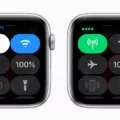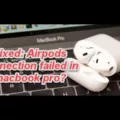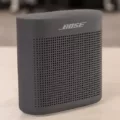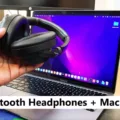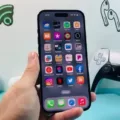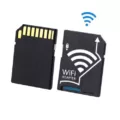Are you having issues with your iPad’s Bluetooth connection? If so, you may need to clear the Bluetooth cache on your device. Clearing the Bluetooth cache can help to resolve problems connecting to other Bluetooth devices or accessories such as speakers, headsets, and keyboards.
In this blog post, we will explain how to clear the Bluetooth cache on your iPad and what it does. We’ll also provide some troubleshooting tips if you’re still having connection issues after clearing the cache. Let’s get started!
To begin, open Settings on your iPad and tap “Bluetooth.” Here you will see a list of all connected devices, as well as any available nearby devices that you can connect to. Tap the “i” icon next to any device listed here and select “Forget This Device” to remove it from the list. This will clear out any existing connections in the memory of your iPad.
Next, restart your iPad by pressing and holding down the power button until you see the Apple logo appear on the screen. Once your iPad has restarted, open up Settings again and tap “Bluetooth” once more. Now try connecting again to any previously unsuccessful accessories or devices by placing them in pairing or discovery mode (if necessary).
If you are still having trouble connecting after trying these steps then there may be an issue with either one of the devices involved or their settings. Try resetting both devices before attempting a connection again and make sure that their operating systems are up-to-date too!
We hope this blog post was helpful in explaining how to clear out your Bluetooth cache on an iPad so that you can successfully connect once more!
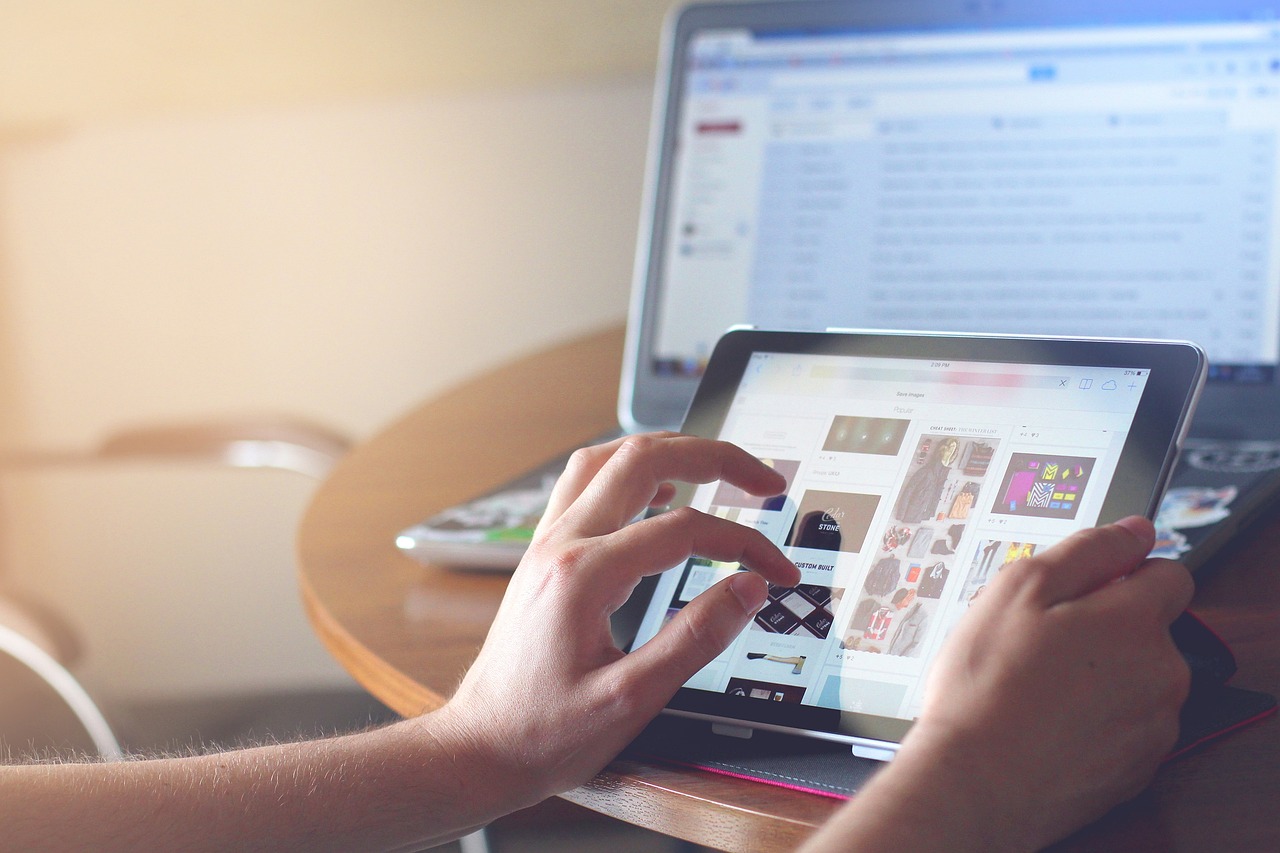
Refreshing Bluetooth on an iPad
To refresh Bluetooth on your iPad, start by making sure your Bluetooth accessory and iPad are close together. Then, turn off your Bluetooth accessory and turn it back on again. Next, make sure that your Bluetooth accessory is powered on and fully charged or connected to power. Finally, go to the Settings app on your iPad and select ‘Bluetooth’ from the list of options. Tap the information icon next to the device you want to refresh, then tap “Forget This Device”. After this is done, reconnect your Bluetooth device again by turning it back on and selecting it in the list of available devices in Settings.
Troubleshooting Bluetooth Headphones Connection Issues with iPad
The most common reason why a Bluetooth headset won’t connect to an iPad is that the device is not in Pairing or Discovery mode. To make the device discoverable, you’ll need to put it into Pairing or Discovery mode. The specific steps to do this vary depending on the type of headset you have. For example, if your headset has an on/off switch, you may need to press and hold down the switch for a few seconds until it enters pairing mode. Consult the user manual of your headset for more specific instructions. Additionally, make sure that both your headset and your iPad are powered on and that Bluetooth is enabled on both devices. If all else fails, try restarting both devices and try again.
The Effects of Clearing Bluetooth Data
Clearing Bluetooth data will reset the Bluetooth configuration settings on your device, effectively “starting over” with a fresh setup. This action will delete all of your current Bluetooth connections and pairings, so it should only be done as a last resort. After clearing the data, you’ll need to re-pair any devices that were previously connected via Bluetooth. Keep in mind that this will also reset any other changes you may have made to the Bluetooth settings on your device, such as volume levels or media playback preferences.
Accessing Bluetooth Settings on an iPad
On iPad, you can find the Bluetooth settings by going to Settings > Bluetooth. Here you can turn on Bluetooth and connect to other devices.
Does a Factory Reset Improve Bluetooth Performance?
A factory reset can sometimes fix Bluetooth connection and function problems, but it is not a guaranteed solution. While resetting your Bluetooth device clears the unit of any stored passkeys and connections and can usually be completed within minutes, returning the device to its factory settings is often a last resort option. In some cases, problems may persist after a reset is performed, so it is best to try other troubleshooting steps before attempting a reset.
Clearing Cache in iOS Settings
To clear the cache in iOS settings, first open the Settings app. Then scroll down and tap ‘Safari’. Once you’re in the Safari menu, scroll down until you find ‘Clear History and Website Data’. Tap this option to open a popup, then tap ‘Clear History and Data’ to confirm your selection. This will clear all of your cached data from Safari.
Refreshing Bluetooth on an iPhone
To refresh Bluetooth on your iPhone, start by going to Settings > Bluetooth. Then toggle the switch at the top of the page to turn off Bluetooth. You can also say “Hey Siri, turn off Bluetooth” for faster access. Once Bluetooth is turned off, you’ll need to hard restart your iPhone by pressing and holding the power button until you see the Apple logo. Once your phone has restarted, return to Settings > Bluetooth and toggle the switch at the top of the page back on to re-enable Bluetooth. Your iPhone should now be refreshed and ready to connect with other devices via Bluetooth!
Troubleshooting Bluetooth Connection Issues
Bluetooth not working could be due to a few different reasons. It could be because the device you are trying to connect to isn’t compatible with your phone, or because there are any issues with the device’s Bluetooth connection. It could also be because the distance between your device and the other device is too far for a Bluetooth connection, or that the Bluetooth settings on both devices are not properly configured. Finally, it may be due to issues with the Android system itself such as outdated drivers or corrupted files.
Resetting Headphone Settings on an iPad
To reset the headphone settings on your iPad, you can go to Settings > Accessibility > Audio & Visual > Headphone Accommodations. Then turn on Headphone Accommodations, and tap Custom Audio Setup. You’ll be guided through a series of steps where you can adjust the audio settings for your headphones, including volume level, EQ settings, and balance. Once you’ve made your adjustments, tap Play Sample to preview them before saving.
Troubleshooting Bluetooth Device Discovery Issues
There could be several reasons why Bluetooth is not finding devices. It could be that the device you’re trying to connect to is out of range, or that its Bluetooth isn’t turned on. It could also be that your device’s Bluetooth is turned off, or that it’s not compatible with the other device. Additionally, if you’ve recently updated your phone or tablet’s operating system, it may have disabled the ability to connect via Bluetooth. To resolve this issue, try turning off and on the Bluetooth connection on both devices and make sure they are within close proximity to each other before attempting to pair them again.
Conclusion
In conclusion, the iPad is an incredibly powerful and versatile device that can be used for any number of tasks. It has a wide range of features, including a large, high-resolution display, a powerful processor, long-lasting battery life, and access to millions of apps. The iPad also offers great connectivity options such as Bluetooth and Wi-Fi. With its impressive array of features and capabilities, the iPad makes it easy to stay productive and entertained on the go.

